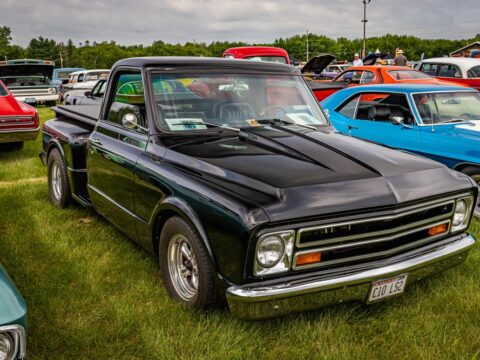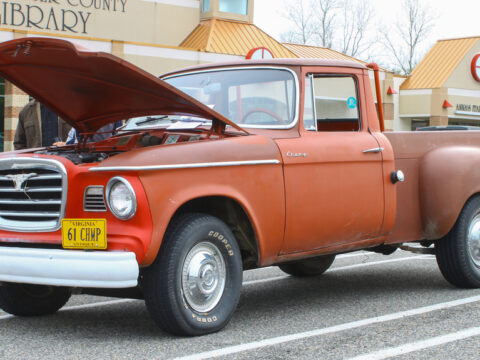Drones have become a key part of modern military operations, but their development started decades ago with lesser-known models that set the stage for today’s advanced technology. These early drones may not be as famous, but their contributions helped shape the future of unmanned aerial systems. Here are 11 forgotten military drones that paved the way for modern tech.
Contents
Ryan Model 147 Lightning Bug
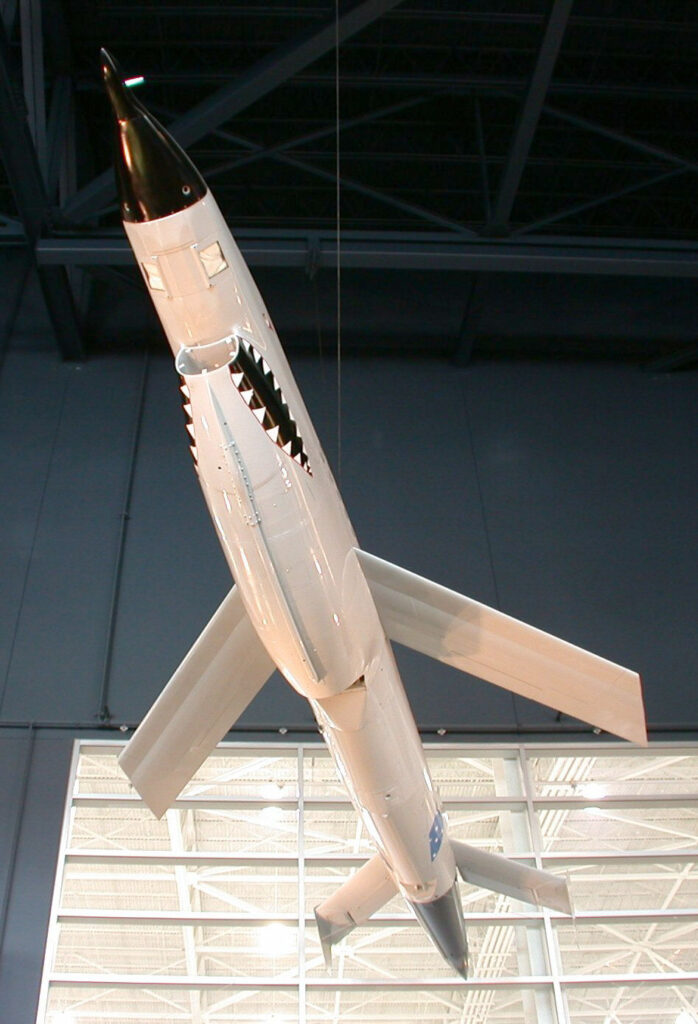
The Ryan Model 147 Lightning Bug was pivotal during the Vietnam War, as it became one of the earliest UAVs utilized by the U.S. military. This drone performed reconnaissance missions deep into enemy territory, gathering valuable intelligence. Its modular design allowed for payload adaptability, making it versatile for different missions. By demonstrating that unmanned aerial surveillance was practical, it paved the way for modern drone technologies that focus on long-range reconnaissance.
MQM-57 Falconer
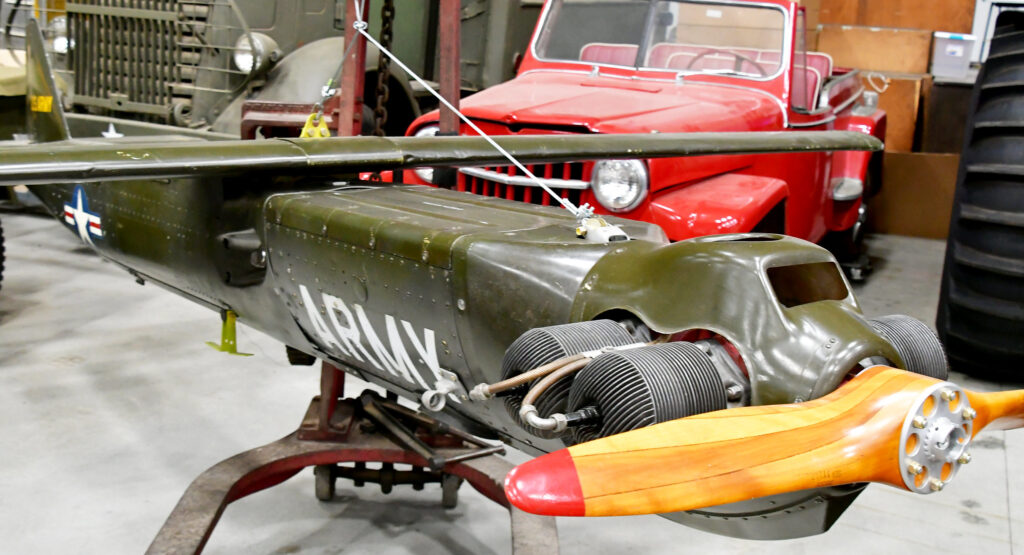
Launched in the late 1950s, the MQM-57 Falconer was among the first drones designed specifically for battlefield surveillance. Catapult-launched and remotely controlled, it delivered real-time video feeds to ground commanders. Though its capabilities were limited compared to today’s UAVs, the Falconer’s ability to provide live intelligence marked a turning point in military operations. This early drone helped establish the framework for future developments in aerial surveillance.
Lockheed D-21

The Lockheed D-21 was a high-speed drone capable of flying at Mach 3.3, designed for reconnaissance over heavily defended areas such as China and the Soviet Union. Although the D-21 faced several mission failures, its speed and stealth were groundbreaking for its time. It could fly higher and faster than any drone before it, offering a glimpse into the future of UAV capabilities. The D-21’s technology influenced the development of later high-speed and stealth UAVs.
Boeing Condor
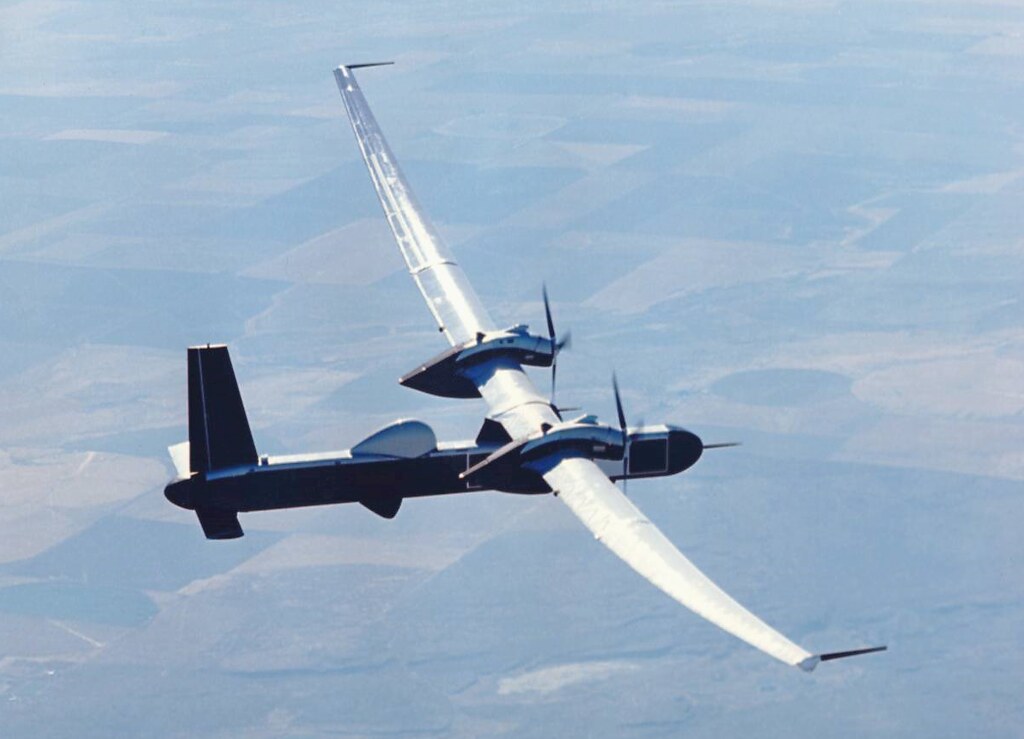
Setting altitude records for unmanned flight, the Boeing Condor was an experimental long-endurance drone developed in the 1980s. It was specifically designed for high-altitude reconnaissance, staying airborne for extended periods thanks to its advanced design. While the Condor program was eventually canceled, it showcased the potential for long-endurance UAVs. This drone helped shape the future of UAVs that are capable of sustained surveillance operations.
IAI Scout
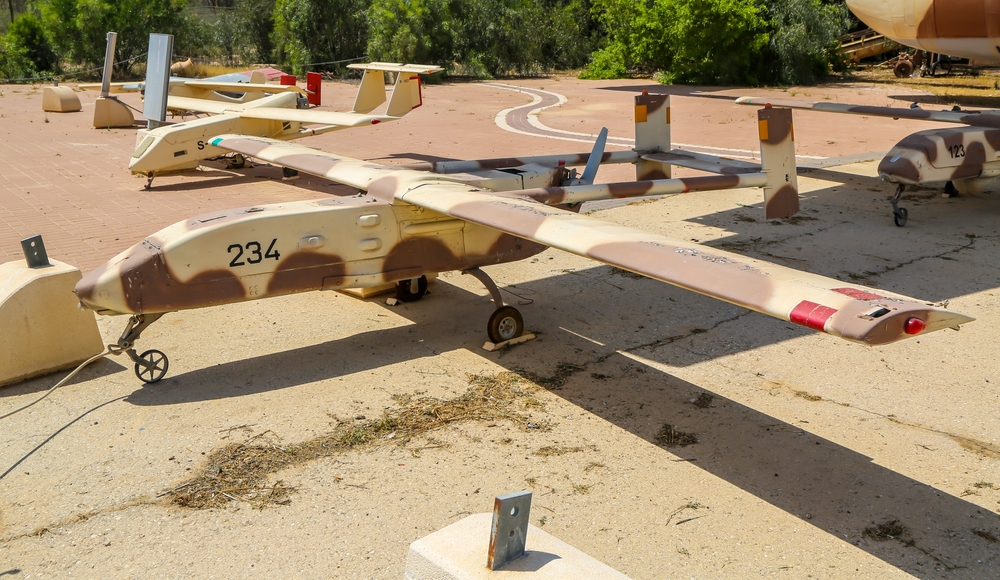
The Israeli IAI Scout made its mark during the 1982 Lebanon War, where it was used for reconnaissance and artillery spotting. As one of the first drones deployed in active combat, it played a critical role in improving the effectiveness of ground forces. Its lightweight frame and real-time video transmission capabilities became the blueprint for future UAV designs. The Scout’s success in battle inspired other nations to invest in similar technologies.
RQ-5 Hunter
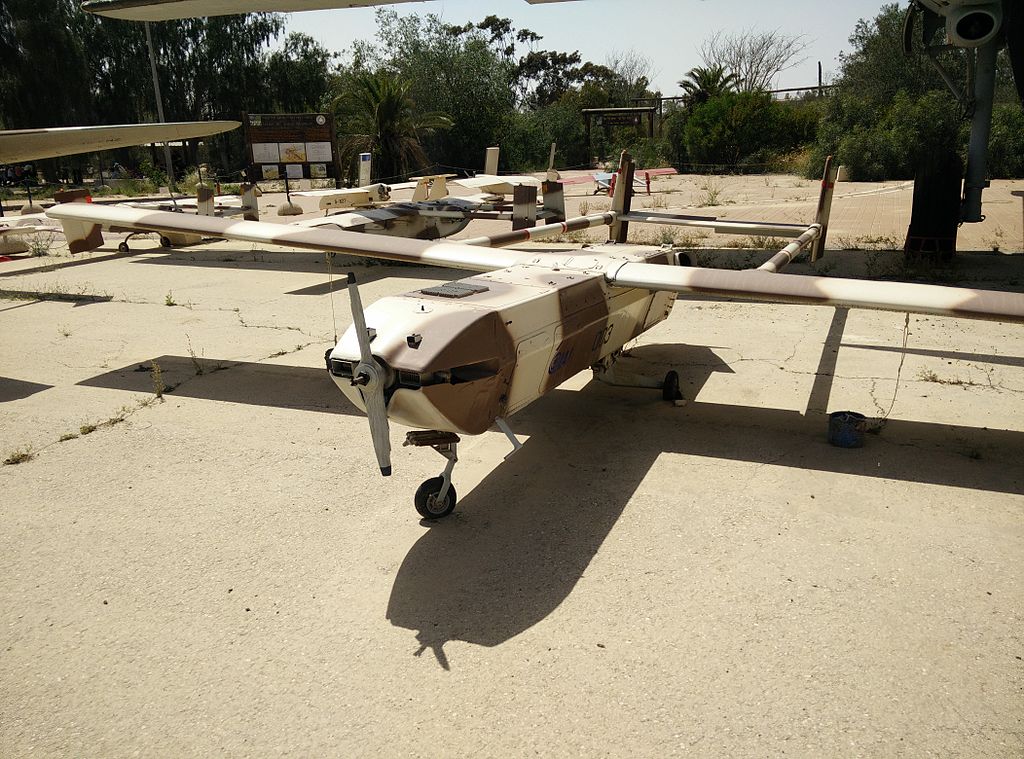
Used in the 1990s and early 2000s, the RQ-5 Hunter was a versatile UAV designed for reconnaissance and target acquisition. It featured GPS navigation, allowing for more precise missions and improved accuracy in artillery targeting. The Hunter’s successful deployment in several military operations solidified the importance of UAVs in modern warfare. Its innovations helped guide the development of even more sophisticated drones in the following years.
CL-289

Jointly developed by Canada and Germany, the CL-289 was a reconnaissance drone designed for real-time battlefield surveillance in the 1990s. The drone’s ability to launch from mobile platforms made it an adaptable asset for a variety of military situations. While it was eventually replaced by more advanced systems, its effectiveness on the battlefield influenced later UAV designs with improved mobility and deployment options.
MQM-61 Cardinal
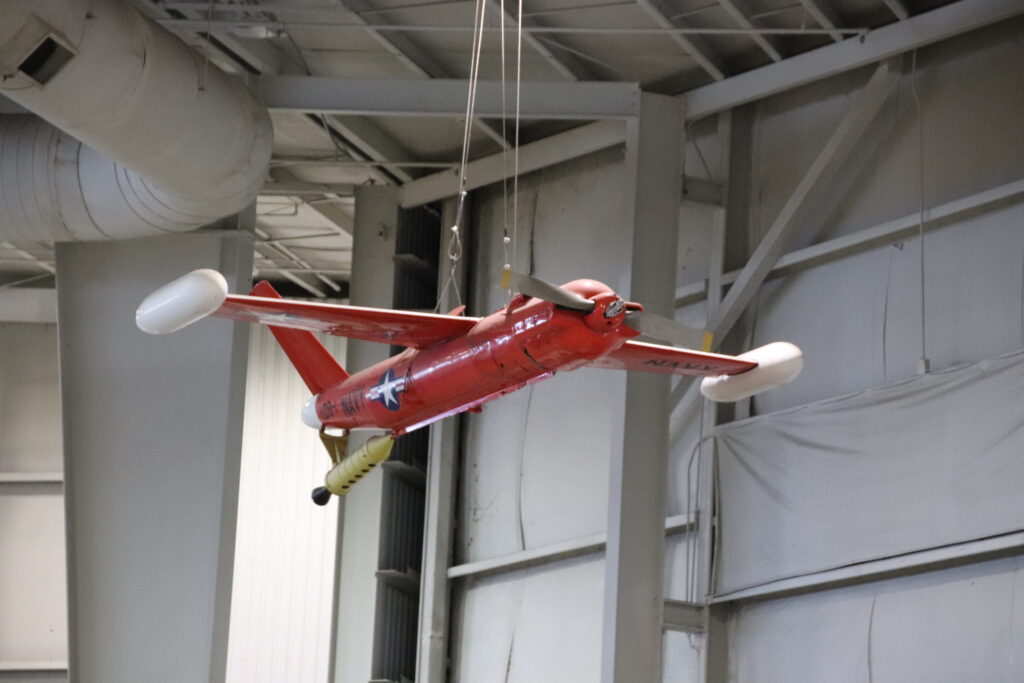
Though designed as a target drone, the MQM-61 Cardinal played a crucial role in air defense training during the 1960s. It simulated enemy aircraft, allowing for better preparation against aerial threats. This UAV contributed to the military’s understanding of how drones could be used not only for reconnaissance but also in defense roles. The Cardinal’s design influenced the development of future UAVs with dual purposes.
Lockheed MQM-105 Aquila
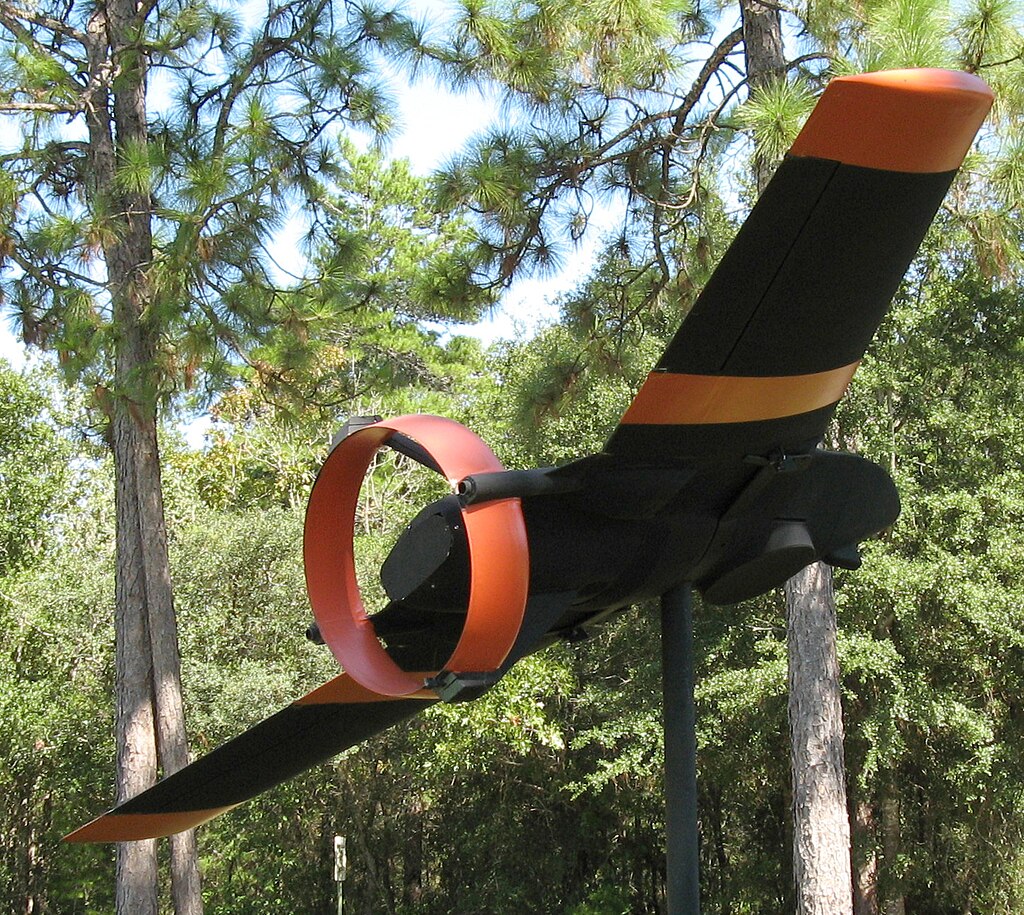
The MQM-105 Aquila, though plagued by budget and technical challenges, introduced several groundbreaking features during the 1980s, including laser targeting for artillery strikes. Though the program was eventually canceled, the innovations introduced by Aquila became critical in future drone designs.
RQ-3 DarkStar
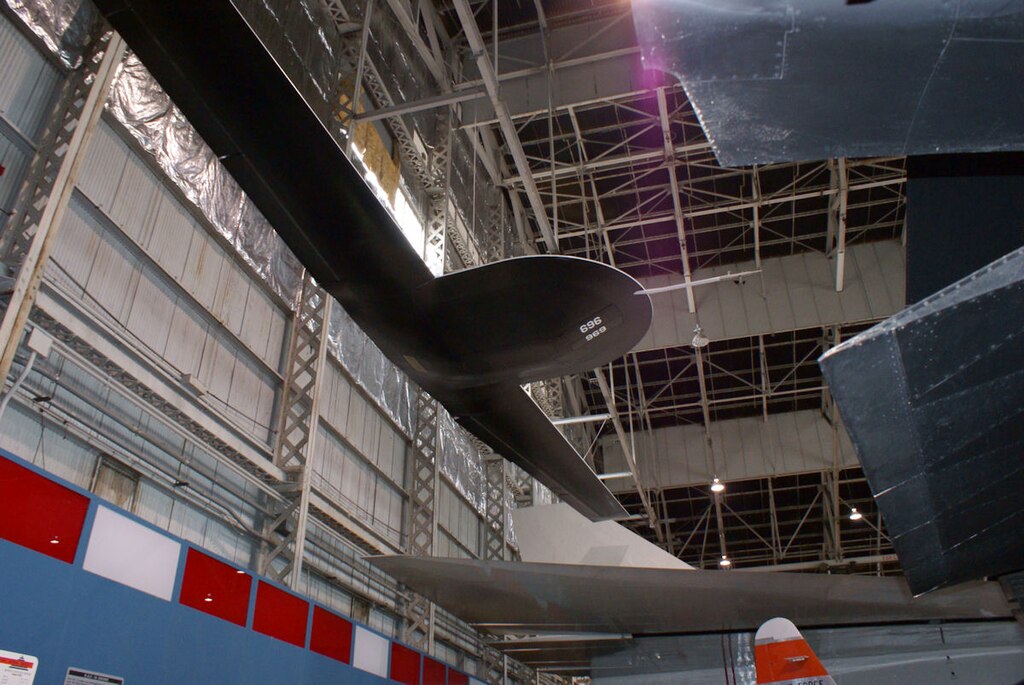
The RQ-3 DarkStar was a stealth drone developed in the 1990s for high-altitude reconnaissance, featuring low radar visibility and autonomous flight capabilities. Though the program was canceled due to its high costs, the drone’s stealth technology was revolutionary. DarkStar influenced the development of modern stealth drones, proving that UAVs could perform vital intelligence missions in hostile territories without detection.
IAI Harpy
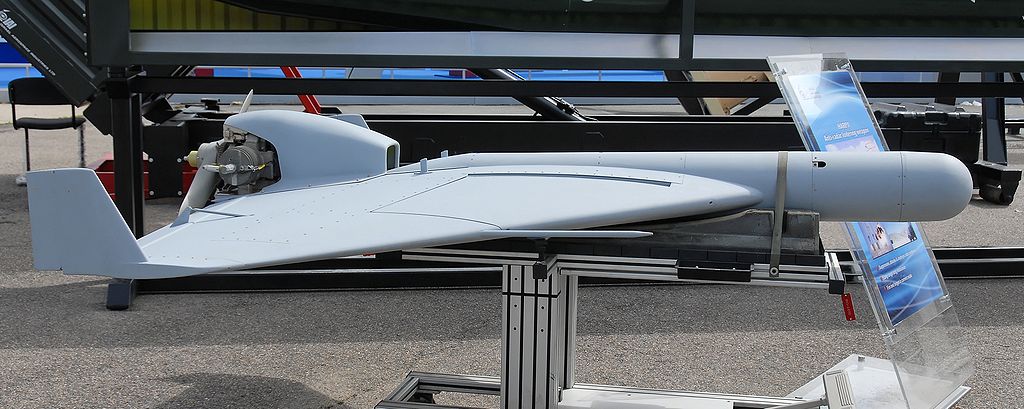
The IAI Harpy was a drone designed to loiter over a target area and attack enemy radar systems, making it one of the first “kamikaze” UAVs. Introduced in the early 1990s, it featured autonomous capabilities that allowed it to detect and engage radar signals on its own. The Harpy’s success shaped the development of loitering munitions and modern kamikaze drones, which are now crucial in drone warfare.
This article originally appeared in MyCarMakesNoise.
More from MyCarMakesNoise
25 Underrated SUVs That Deserve More Recognition

When it comes to SUVs, some models receive all the glory while others quietly deliver impressive performance and value without much fanfare. In this article, we shine a spotlight on 25 of the world’s most underrated SUVs that deserve more recognition.
18 Challenges Facing Electric Cars Today

Electric cars have become increasingly popular, but they’re not without their challenges. While they offer impressive technology and eco-friendly benefits, there are still significant drawbacks to consider. Read More.
19 High-Performance Electric Cars That Deliver Incredible Value
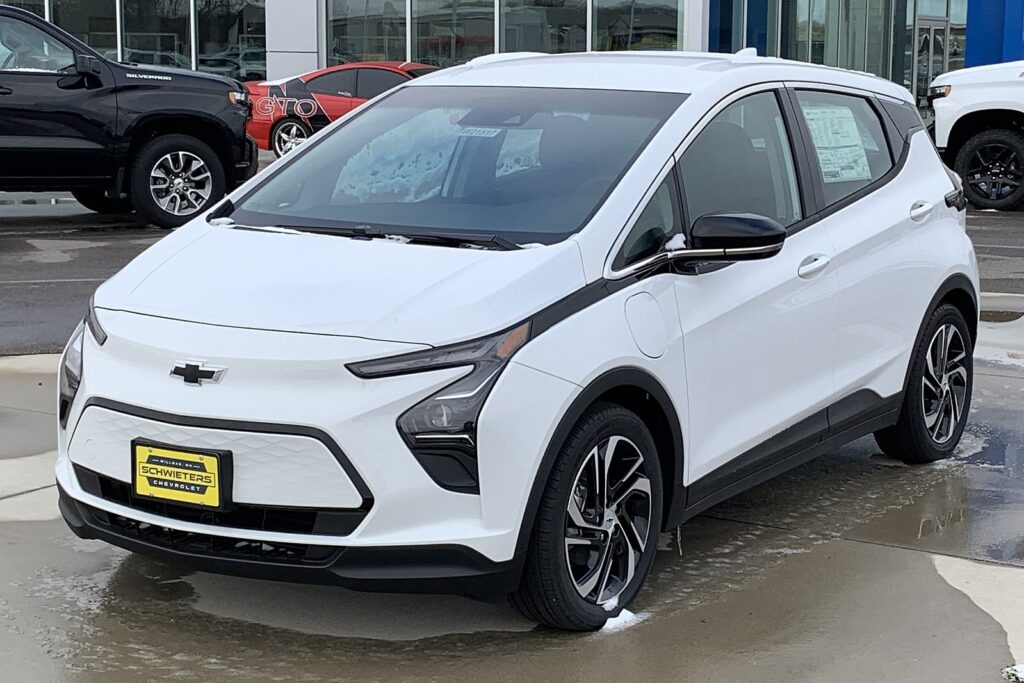
In today’s fast-paced world, electric cars are proving that you don’t have to compromise performance for sustainability. With advancements in technology, many high-performance electric vehicles now offer incredible value, blending speed, efficiency, and affordability. Read More.

